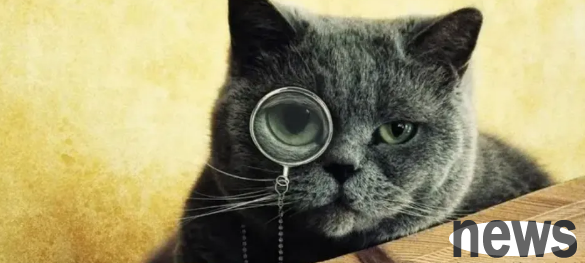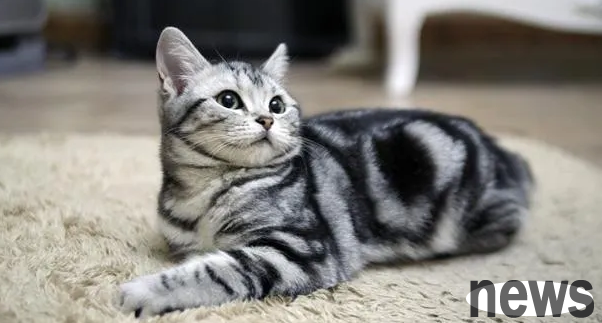After raising cats for a long time, you will find that the reactions and personalities of each cat are very different. Some cats come as soon as they shout, while others don’t move no matter how they shout. The difference between these two types of...
After raising cats for a long time, you will find that the reactions and personalities of each cat are very different. Some cats come as soon as they shout, while others don’t move no matter how they shout. The difference between these two types of cats is not only reflected in their reactions to their owners, but also in deeper ways. Let's see what are the differences.

1. Dependence on the owner
Cats who come as soon as they shout. Cats who come as soon as they shout often have a strong sense of dependence and trust in the owner. They like to follow their owners and enjoy the feeling of being watched. This type of cat usually responds quickly when the owner calls, showing a high degree of trust in the owner.
Cats that cannot be shouted In contrast, cats that cannot be shouted are more independent. They like to be alone, enjoy their space, and do not rely too much on their owner's attention. Even if the owner calls, they may just look up and continue their own activities.
2. Differences in behaviors
Cats who come as soon as they shout. This type of cat is usually more active, curious, and likes to participate in various activities of the owner. They are very sensitive to changes in their environment and like to explore and discover new things. Training these cats is relatively easy because they like to get rewards through interaction.
Cats that cannot be shouted. Cats that cannot be shouted appear quieter and like to live at their own pace. They do not respond strongly to environmental changes and new things as well as the former, and they tend to enjoy a quiet and stable life. Training these cats requires more patience and time, because they are less likely to be disturbed by the outside world.

3. Interaction frequency with the owner
Cats who come as soon as they shout. This type of cat likes to interact with the owner frequently and actively seek the owner's attention and caress. They may jump to the table while the owner is working, or snuggle around while the owner is resting. This frequent interaction helps strengthen the emotional bond between the cat and its owner.
Cats that cannot be shouted Cats that cannot be shouted prefer to be alone in their own space. Although they also interact with their owners, they are less frequent and more often they observe their owners quietly rather than actively contact them. They express trust and dependence on their masters by keeping a certain distance.
4. Reaction to strangers
Cats that come as soon as they shout. This kind of cat is usually more friendly and curious to strangers. They are willing to interact with new faces and adapt to new environments faster. For this type of cat, the arrival of strangers is a fresh experience.
Cat that cannot be shouted The cat that cannot be shouted is cold and even alert to strangers. They often choose to hide and gradually get closer after observing for a period of time. This cautious attitude reflects their conservative attitude towards strange environments and strangers.
5. Adaptation to environmental changes
Cats who come as soon as they shouted. This type of cat has a strong ability to adapt to environmental changes. Whether moving or replacing furniture, they adapt to new environments faster and continue to demonstrate their curiosity and exploration nature.
Cat that cannot be shouted The cat that cannot be shouted appears sensitive and resistant to environmental changes. They take more time to adapt to new environments and changes, and usually choose to observe first and then act to ensure their safety.
6. Acceptance of training
Cats who come as soon as they shouted. This kind of cat is actively cooperative during the training process and is easy to learn new skills through food rewards and owner praise. They like to get rewards through interaction and have significant training effects.
Cats who can't shout. This type of cat is cold in training and is not easily attracted by food rewards. Training them requires more patience and time because they focus more on their independence and autonomy.
7. Interest in play and activities
Cats who come as soon as they shout. This type of cat shows great interest in toys and games. They love chasing, capturing and exploring various toys, showing a strong sense of curiosity and vitality.
Cat that can't be shouted The cat that can't be shouted has a lower interest in toys and games. They prefer to observe quietly, occasionally participate in play, but generally enjoy a quiet environment.
To sum up, cats who come when they shout and cats who cannot shout are significantly different in terms of dependence, behavior, frequency of interaction with their owners, response to strangers, adaptation to environmental changes, acceptance of training, and interest in play and activities. Understanding these differences will help us better care for and understand our cats and let them live healthy and happy under our care.